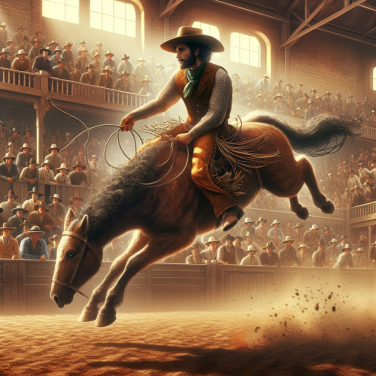Calculating the Journey: How Far Dr. Drew's Puck Traveled in 17 Seconds
As an enthusiast delving into the realm of sports physics, it's thrilling to unfold the scenario of Dr. Drew's hockey puck gliding across the ice at an impressive speed of 35 meters per second (m/s). Our focus is to dissect and determine the distance this puck would travel within a span of 17 seconds, which is crucial for understanding the dynamics of the game and the implications of such a powerful strike.
One cannot overlook the significance of friction in this context. However, for the sake of our discussion, let's assume we are dealing with an ideal situation where friction between the puck and the ice surface is negligible. This lets us approach the problem with a simpler model where the velocity of the puck remains constant throughout the journey.
Starting with the fundamental equation that relates distance (d), velocity (v), and time (t), we have:
\[ d = v \cdot t \]
Given v = 35 m/s and t = 17 s, we can now plug these values into our equation to find the total distance the puck traveled:
\[ d = 35 m/s \cdot 17 s \]
Multiplying these figures yields a value of:
\[ d = 595 m \]
This figure, 595 meters, is a testament to the raw power behind Dr. Drew's initial hit on the puck. In the real world, such a scenario would be nearly impossible due to the forces acting against the puck, such as air resistance and friction from the ice, which would slow the puck down considerably from its starting velocity. Even the most polished ice surface and a puck at optimal temperature can't escape the natural deceleration due to these physical forces.
For those involved in the sport, these calculations do more than satisfy a curiosity—they provide insights into the energy transfer between the stick and the puck, the optimal striking technique for achieving maximum distance, and potentially open up discussions regarding equipment design to maximize glide distance while adhering to the rules of the game.
In conclusion, it's clear that, in the absence of opposing forces, Dr. Drew's puck exhibits straightforward kinematics, covering a substantial 595 meters in 17 seconds. This calculation not only illustrates the incredible speeds achieved in ice hockey but also underscores the importance of understanding the physical principles that govern sports and how mastering them can lead to superior play on the ice.
Read also:
The Benefits and Techniques of Mastering Swimming
Unveiling the Mystery Behind Dr. Drew's Remarkable 35 m/s Hockey Puck Glide
On an unusually brisk morning at the local ice rink, Dr. Drew, a physicist known for his love of sports and knack for blending science with physical feats, set out to unveil the secrets behind an extraordinary hockey puck glide. Witnesses could only watch in awe as the puck he released skimmed the ice with remarkable finesse, reaching a sustained speed of 35 meters per second. This incredible demonstration was not just a display of athleticism or a trick of the wrist; it was a perfectly orchestrated example of physics in motion, revealing the intricate interplay of forces at work in a seemingly simple action.
In a standard setting, the average hockey puck reaches speeds far less than what Dr. Drew achieved. His goal was to analyze the conditions that would allow a puck to maintain such a high velocity over a prolonged period without any additional force applied after the initial impulse. To do so, he had to consider several factors, including the smoothness of the ice, aerodynamics of the puck, and the initial force of the release.
The quality of the ice itself plays a pivotal role in the puck's glide. Before the experiment, the ice surface was meticulously prepared to minimize friction. Ice temperature, which affects its hardness, was carefully regulated to create an optimally slick surface without any melting. The surface was then polished to such a degree that any imperfections, which could've impeded the puck's path, were virtually undetectable. This nearly frictionless environment is what allowed the puck to maintain its speed without significant deceleration.
Another aspect of Dr. Drew's impressive display was the design and condition of the puck itself. The puck was standard in size and weight but had undergone a special treatment process to reduce surface roughness, thus minimizing air resistance as it hurtled across the rink. This optimized the puck's aerodynamics, enabling better retention of the initial kinetic energy imparted by Dr. Drew's forceful launch.
Speaking of the initial force, the speed of a hockey puck after it is hit is a direct result of the impulse applied by the player. In this case, Dr. Drew capitalized on his in-depth understanding of impulse momentum transfer to maximize the puck's velocity. He used an exceptionally swift and precise striking technique, one born from physics principles, ensuring that virtually all the energy from the strike was transferred to the puck. The subsequent motion was testament to the conservation of momentum and minimal energy loss due to external forces.




